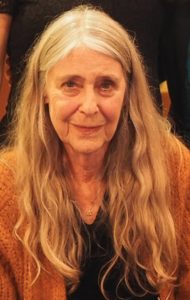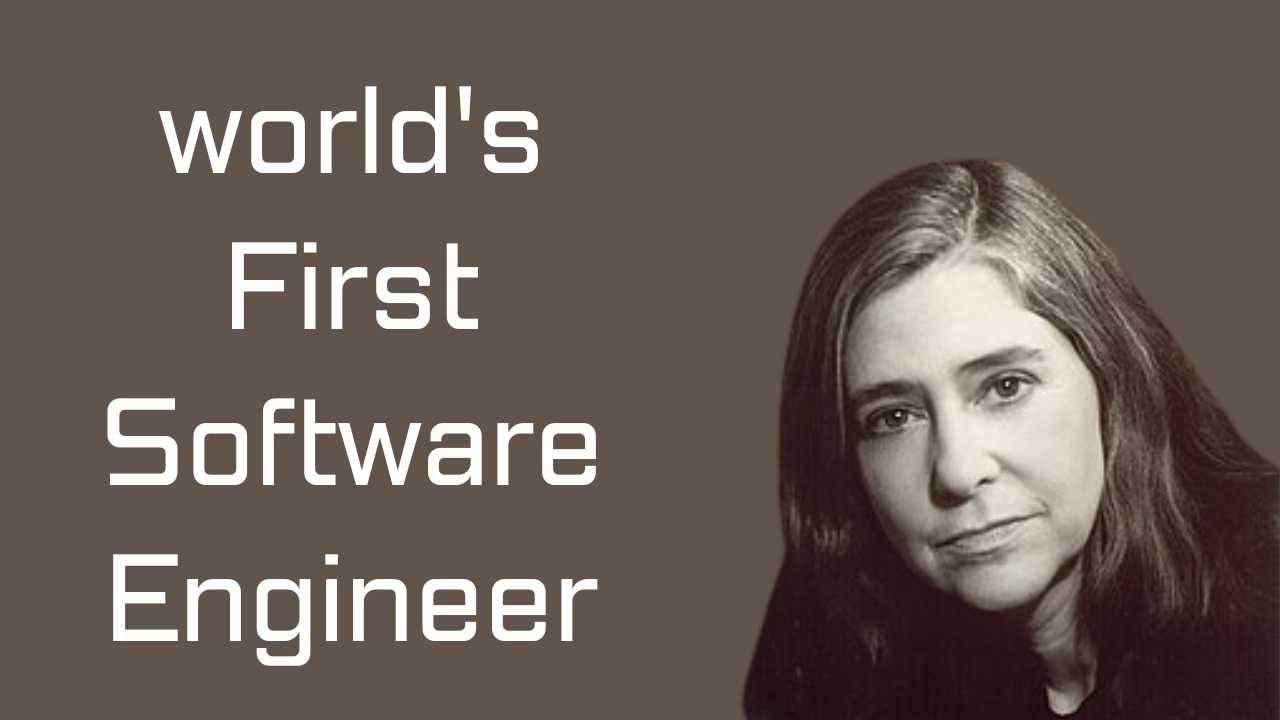It might surprise many of today’s software engineers to learn that the person who founded their field is a woman.
Margaret H. Hamilton, a famous mathematician and computer science pioneer, is now the CEO of Hamilton Technologies, Inc. She is credited with coining the term “software engineering” while working on the guidance and navigation system for the Apollo spacecraft. At the time, she was leading the Software Engineering Division at the MIT Instrumentation Laboratory.
Hamilton explained why she started calling it software engineering:
“I wanted software to be taken seriously, and for the people creating it to get the respect they deserved. So, I started using the term ‘software engineering’ to show it was just as important as hardware and other kinds of engineering. When I first began using the phrase, people found it funny. It was a joke for quite some time. They would tease me about my unusual ideas. But eventually, software gained the respect it needed,” she said in a recent interview with the Spanish newspaper El Pais.”
Recently, Hamilton was a keynote speaker at the 40th International Conference on Software Engineering in Gothenburg, Sweden. On May 31, she gave a talk titled “The Language as a Software Engineer.”
Margaret Hamilton is a pioneering figure in computer science, often credited as the first software engineer, a title she helped define through her groundbreaking work during NASA’s Apollo missions. Her contributions to software engineering have had a lasting impact on the field, revolutionizing the way we approach programming and systems design.
Early Life and Education
Margaret Hamilton was born on August 17, 1936, in Paoli, Indiana, USA. She showed an early interest in mathematics and science, which eventually led her to pursue higher education. Hamilton attended Earlham College, where she earned a degree in mathematics in 1958. After college, she worked as a high school teacher while her husband attended law school.
Journey to NASA and Become the First Software Engineer

Hamilton started her computing career in the 1960s at the Massachusetts Institute of Technology (MIT), where she initially worked on weather prediction software. Later, NASA contracted MIT’s Instrumentation Laboratory to develop the software for the Apollo space missions. At the time, the idea of “software engineering” was still in its infancy, and the critical role of software in such complex systems wasn’t fully understood by many.
Hamilton led the team that designed the software for the Apollo Guidance Computer, a task that demanded meticulous attention to detail to guarantee the astronauts’ safety and success. Her software played a crucial role during the historic Apollo 11 moon landing in 1969, preventing a potential mission failure by prioritizing essential tasks amidst system overload.
Key Achievements and Innovations
- Margaret Hamilton popularized the term “Software Engineering” to give software development the recognition it deserved as an engineering discipline. Her work emphasized the complexity and importance of coding, which at the time was considered a lower-level task.
- Hamilton’s software prevented the Apollo 11 mission from aborting during the final stages of landing on the moon. Her code allowed the onboard computer to ignore non-essential tasks and focus on critical ones, which ensured a safe landing.
- Development of Error-Handling Systems: Hamilton was a pioneer in developing error-detection and recovery systems in software, which helped the Apollo missions become safer and more reliable.
Later Career and Legacy

After her work with NASA, Hamilton founded Higher Order Software (HOS) in 1976 and later Hamilton Technologies, Inc. in 1986. Her companies focused on creating software for system designs that could be applied to various industries, building on her expertise in error detection and system reliability.
President Barack Obama awarded Margaret Hamilton the Presidential Medal of Freedom in 2016. This recognition highlighted her vital contributions to space exploration and the development of modern software engineering.
Margaret Hamilton is still alive and continues to be an influential figure in the tech world, though she has stepped away from public work in recent years. Born in 1936, Hamilton would be in her late 80s as of 2024. While there hasn’t been much public information about her personal life or recent activities, she has spent her later years largely out of the public spotlight, focusing on her family and legacy.
Legacy in Her Later Years
Even in her later years, Hamilton’s contributions to software engineering continue to inspire new generations of engineers, scientists, and innovators. She has received numerous awards and recognitions throughout her life, most notably the Presidential Medal of Freedom in 2016, cementing her role as a pioneering figure in both computer science and space exploration.
Additionally, Hamilton Technologies, Inc., a company she founded in the late 1980s and dedicated to systems and software development based on the principles she developed during the Apollo program, carries on her legacy.
A Life of Lasting Impact
Margaret Hamilton’s influence transcends her time at NASA. Her work has not only shaped the aerospace industry but has also impacted fields like cybersecurity, healthcare systems, and software reliability. While she may no longer be as publicly active, her ideas, principles, and innovations remain at the core of many critical systems today.
Margaret Hamilton’s life is a testament to the power of innovation, perseverance, and vision in shaping the future of technology.

